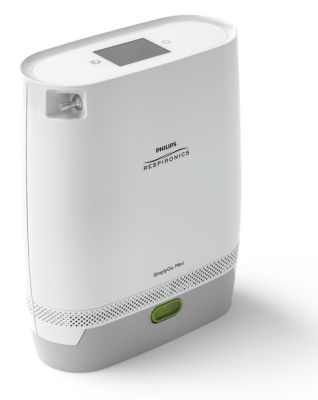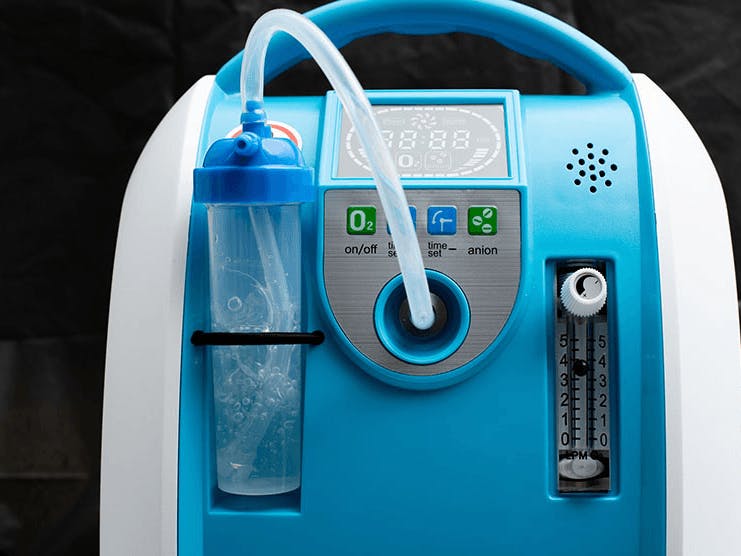Oxygen Tanks - The Facts
Wiki Article
How Oxygen Tanks can Save You Time, Stress, and Money.
Table of ContentsThe Ultimate Guide To Oxygen TanksOxygen Tanks - The FactsWhat Does Oxygen Tanks Mean?The 7-Minute Rule for Oxygen TanksIndicators on Oxygen Tanks You Should KnowOxygen Tanks Things To Know Before You Get This
is a type of gas that is generated and made use of to manufacture a selection of products. Production, welding, and cleansing are all instances of these sorts of tasks. Medical oxygen is made use of for particular objectives, whereas industrial oxygen is utilized for a selection of functions. Individuals who are not able to give their own oxygen will certainly benefit from oxygen therapy.We breathe in oxygen, which is a gas in the air. They might also need oxygen treatment or supplementary oxygen if they require it (oxygen tanks).
You can gain access to the oxygen you require by utilizing a CPAP maker. What are the risks of not offering oxygen to a person?
9 Easy Facts About Oxygen Tanks Explained


Positioning individuals on oxygen is among the easiest as well as most efficient interventions used to stabilize a substantial variety of clinical problems. This section will review the various tools utilized to provide and transport oxygen and also just how you may choose one over the other based upon individual presentation. Mobile oxygen cyndrical tubes are the most common kind of oxygen offered in the field.
Fascination About Oxygen Tanks
The oxygen cylinders made for medical use are developed to allow just medical-grade regulators to be connected-- as well as only in one setup. The indentations on the cyndrical tube match up with pins on the regulatory authority and permit smooth as well as tight connection when safeguarded to the cylinder To attach a regulator to a cyndrical tube; If existing, eliminate the plastic cap on the cyndrical tube. oxygen tanks.Line up the pins as well as impressions present on the cylinder and also regulator. Protect the screw device on the regulator up until it is limited and there is no motion in between the regulatory authority and cylinder. See to it the regulator is in the off setting, take the oxygen-cylinder wrench and also transform the cylinder on, then swiftly transform it back off.
If no leaving air is observed, transform the cyndrical tube back on and also evaluate the regulator by transforming it to a picked circulation price. The pressure sign on the regulator reveals the internal pressure of the oxygen cylinder. Always make certain to protect constructed oxygen cylinders whatsoever times as well as do not leave them in need of support in upright placements where they can drop.
Some Ideas on Oxygen Tanks You Need To Know
Oxygen is very combustible and also need to never ever be made use of or stored near an open fire. The major oxygen distribution gadgets that you will encounter are the,, and. and also the. Each of these has various uses and various constraints, the option of which to use will greatly rely on the nature of the individual you are caring for.The NC must be put on the patient with the prongs bending up into the nares, the tubes wrapped over the patient's ears (or safeguarded to the tubing owners on a C-collar), and afterwards tightened approximately the chin with the sliding mechanism. Ensure to connect the other end of the tubes to the oxygen regulator and set the desired flow rate.
Among the most effective methods to supply oxygen to a mindful young individual is to set the nasal cannula to 10 - 15LPM and also area it near the individual, blowing across their face however not straight on it - oxygen tanks. Employing the aid of a moms and dad or caregiver to hold the nasal cannula in the blow-by setting is often the most time-effective technique.
What Does Oxygen Tanks Do?
They have the benefit of supplying virtually 100% Fi, O2; this is typically reduced due to the variable fit of the mask on the client's face. To put an NRB on a patient, first, link the tubes to the oxygen regulatory authority and also show up the circulation to the preferred rate (at a minimum of 10 LPM).The rate for NRB oxygen management in grownups is in between 10 and 15 Lpm, and also should not be less than 10 LPM. Worths listed below this do not give enough oxygen to completely blow up the bag prior to each breath and also can limit the patient's breathing. NRB oxygen administration is limited by the respiration rate, deepness, and also quality of the patient.
This is more tips here a way of developing an intermediate distribution technique in between the NRB and the nasal cannula in ambulances that do not carry facemasks alone. The indications as well as contraindications are or else the exact same as for NRB masks, as are the issues. The treatment for putting a partial NRB is the very same as the placing of an NRB, with the elimination of among the inner flaps which permits exhalation of expired carbon dioxide.
See This Report on Oxygen Tanks
Next, eliminate among the bands from the mask and safeguard it around the posterior neck of the individual attaching it back sideways it belongs. Area the mask over the airway and also safeguard the mask snuggly to the individual. Tracheostomy masks are consider this the same thing as an NRB simply for clients that have a tracheostomy-- as well as are indicated in individuals with a tracheostomy who call find out here now for extra oxygen.of tracheostomy masks include irritability of the tracheostomy site, dry skin of the mucous membranes, and also retention of CO2. Eliminate the strap from one side as well as area the redirected here mask over the stoma. Protect the band around the client's posterior neck and also reconnect to the opposite side of the mask. Link the contrary end of the tubing to the oxygen regulatory authority.
Report this wiki page